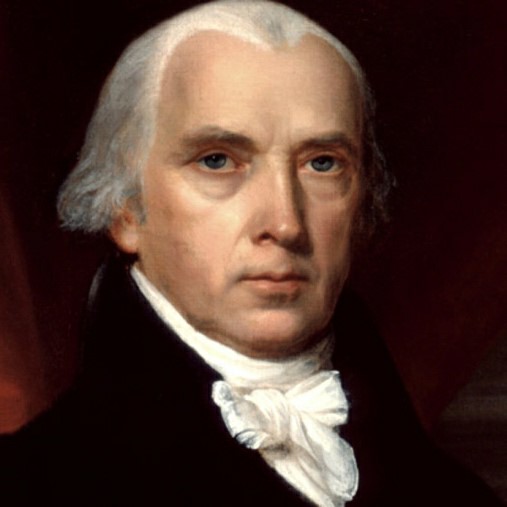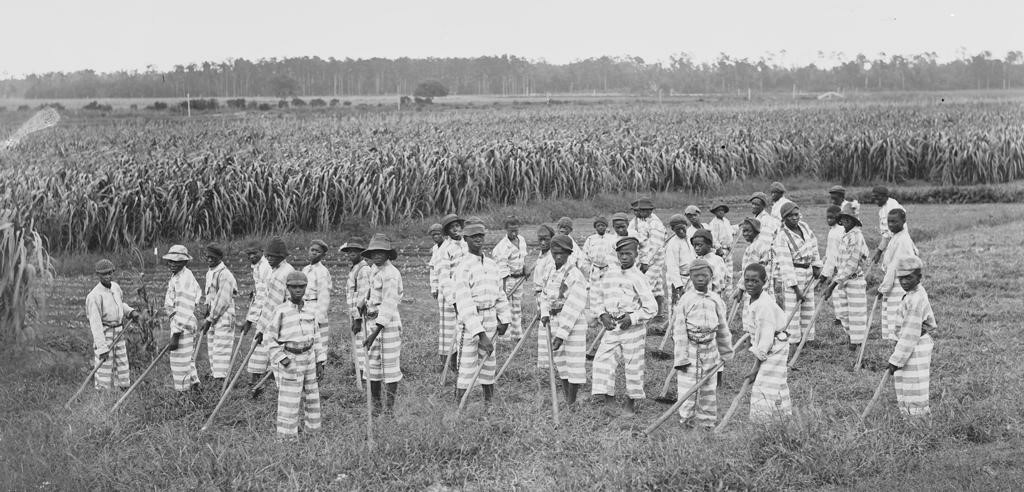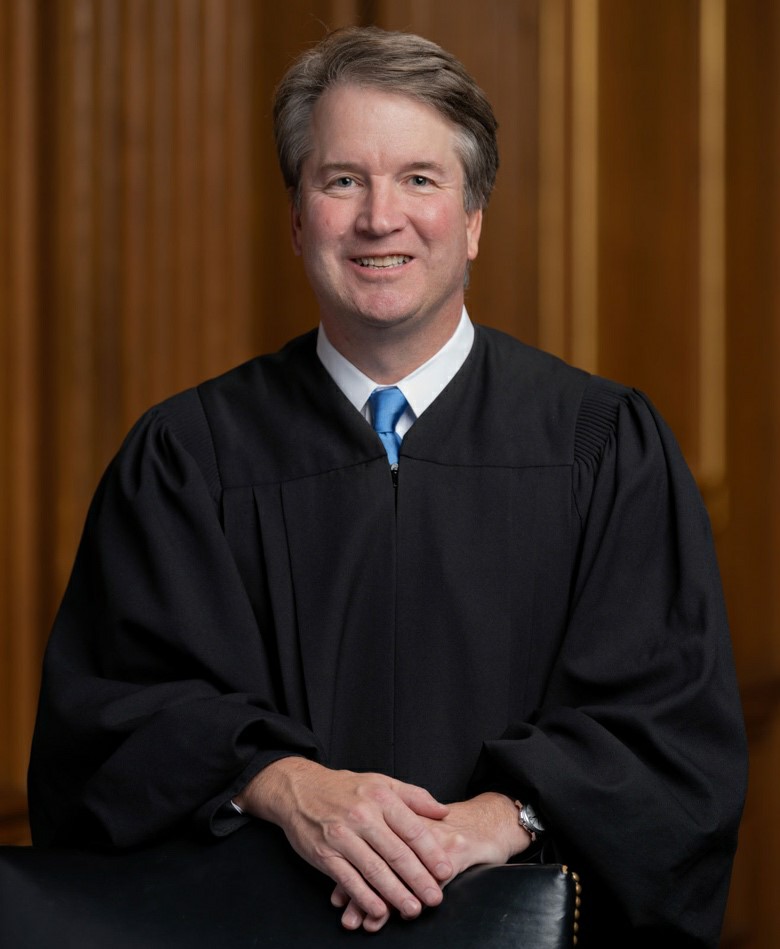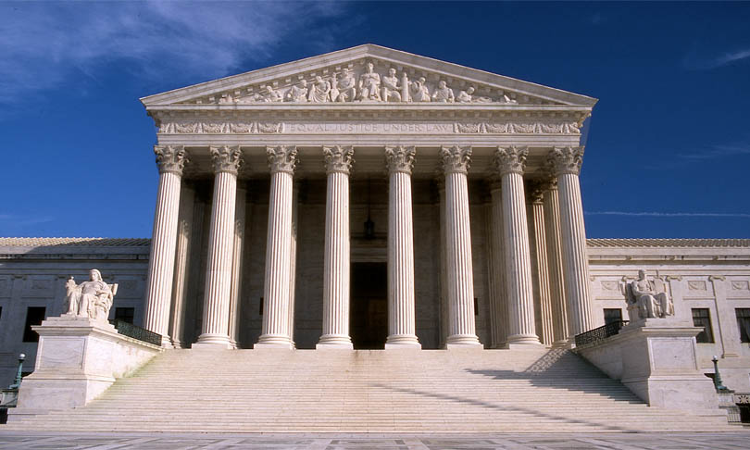- Home
- /
- Foreign/International
- /
- Discussing Ramos v Louisiana -...
Discussing Ramos v Louisiana - Racial Discrimination, Doctrine Of Stare-Decisis And Some Concerns
Mukund P Unny
21 May 2020 4:48 AM
In the midst of COVID-19-related news, the most interesting legal development in the United States went rather unnoticed, at least in India. On 20th April, the Supreme Court of the United States (SCOTUS) passed a judgment declaring that the juries (consisting of 12 members) must be unanimous to convict a person accused of a serious offence. A single juror's vote to acquit is enough...
In the midst of COVID-19-related news, the most interesting legal development in the United States went rather unnoticed, at least in India. On 20th April, the Supreme Court of the United States (SCOTUS) passed a judgment declaring that the juries (consisting of 12 members) must be unanimous to convict a person accused of a serious offence. A single juror's vote to acquit is enough to prevent a conviction in the United States except in the courts of the states of Louisiana and Oregon. In these two States, i.e., Louisiana and Oregon, the punishment could be based on non-unanimous verdicts. In Ramos v. Louisiana, the accused Evangelisto Ramos was convicted of a serious crime by a 10-2 jury. Mr. Ramos challenged his conviction before the US Supreme Court and it was declared that the non-unanimous jury verdicts are unconstitutional as it violated the Sixth Amendment of the United States Constitution.
Sixth Amendment and Juror-Unanimity

James Madison
The Bill of Rights (1791), drafted by James Madison, provided for ten amendments to the basic text of the US Constitution (1789), conferring various rights on its people. One of the ten amendments, viz. the Sixth Amendment, laid down five valuable rights available to an accused in criminal prosecutions. It stated that, in all criminal prosecutions, the accused shall firstly, enjoy the right to a speedy and public trial, by an impartial jury of the State and district wherein the crime shall have been committed, which district shall have been previously ascertained by law, secondly, to be informed of the nature and cause of the accusation; thirdly, to be confronted with the witnesses against him; fourthly, to have compulsory process for obtaining witnesses in his favor, and fifthly, to have the Assistance of Counsel for his defence. However, the most important aspect of the right to a trial by jury is that it incorporated in itself the legal fiction- the jury shall be unanimous in their conclusion. Justice Neil Gorsuch who wrote for the majority in Ramos v. Louisiana explained how the unanimous jury principle is impregnated in the Sixth Amendment - "Wherever we might look to determine what the term "trial by an impartial jury trial" meant at the time of the Sixth Amendment's adoption—whether it's the common law, state practices in the founding era, or opinions and treatises written soon afterward—the answer is unmistakable. A jury must reach a unanimous verdict in order to convict. Juror unanimity emerged as a vital common law right in 14th- century England, appeared in the early American state constitutions, and provided the backdrop against which the Sixth Amendment was drafted and ratified. Postadoption treatises and 19th-century American legal treatises confirm this understanding." The necessity of juror-unanimity was the foundation of the right to trial by jury and the same was adopted, right after the civil war (1861-1865), for the States as per the Fourteenth Amendment (1868).
The racial history of the non-unanimous jury rule of Louisiana

CONVICT LEASING [Image Courtesy]
Louisiana and Oregon were the only two states where juries could convict an accused with non-unanimous verdicts. It is interesting to see the history of this law chequered with racial discrimination. After the Civil War (1861-1860) when the slaves were freed, the United States witnessed 'Reconstruction-Era' which saw the Federal government taking control of the southern states, and the enactment of laws conferring rights on the newly freed African-American slaves. However, the efforts of the Federal Government did not go down well with the Whites of these states who tried to reimpose their control over the system. As the industries and factories fell short of labour, a new system called the "Convict Lease system" that allowed the State government to 'lease' out its prisoners to people or companies who needed labour. This system required that there were enough prisoners in the state prisons. The state administration manned by Whites lowered the jury requirement to get more convictions. In Louisinana, this was ensured, as explained by Justice Neil Gorsuch in his majority judgment, by introducing a "facially race-neutral" rule permitting 10-to-2 verdicts in order "to ensure that African-American juror service would be meaningless." Justice Gorsuch further explained that the law enabling non-unanimous jury was adopted in Oregon in the 1930s that could "similarly be traced to the rise of the Ku Klux Klan and efforts to dilute the 'influence of racial, ethnic and religious minorities on Oregon juries". Justice Gorsuch also goes on to note that the states of Louisiana and Oregon did not deny that racial discrimination was a motivating factor for the non-unanimous jury laws.
Justice Powell and Apodaca v. Oregon
The hands of the patently unconstitutional and discriminatory laws were strengthened by the U.S Supreme Court in 1972 when it upheld non-unanimous jury law in Apodaca v. Oregon 406 U. S. 404 (hereinafter "Apodaca"). Out of the 9 judges of the US Supreme Court, Apodaca saw sets of 4 judges on each side of the aisle in favour and against the non-unanimous jury rule. Ultimately, the case was decided by the swing vote of Justice Powell. He held that while history and the Constitution mandated unanimity in federal criminal trials, this protection did not extend to state criminal trials, as opposed to Federal criminal trials, according to the Fourteenth Amendment. Justice Powell expounded a new theory in "dual-track incorporation" wherein he put forth the idea that a single right can mean two different things depending on whether it is being invoked against the federal or a state government.
Over-ruling Apodaca v. Oregon and a relook at the doctrine of stare-decisis
The major stumbling block before the judges while considering the case of Ramos was the judgment in Apodaca which had to be applied, following judicial discipline and application of stare decisis. Justice Gorsuch went in detail evaluating the precedential value of Apodaca and held that the Supreme Court itself has characterised in McDonald v. Chicago, 561 U. S. 742, 766 that Apodaca is an "exception," "unusual," and in any event "not an endorsement" of Justice Powell's view of incorporation. The later text of the majority judgment of Justice Gorsuch is a discussion of how the doctrine of stare decisis has never been treated as "an inexorable command" as per Pearson v. Callahan, 555 U. S. 223, 233 (2009). Justice Gorsuch further relied on Agostini v. Felton 521 U. S. 203, 235 (1997) to hold that the doctrine is "at its weakest when we interpret the Constitution" because, according to him, a mistaken judicial interpretation of that supreme law is often "practically impossible" to correct through other means. He questioned the doctrine of stare decisis by holding that "Stare decisis isn't supposed to be the art of methodically ignoring what everyone knows to be true."Justice Sotomayor, in her concurring opinion in Ramos, went on to hold that "while overruling precedent must be rare, this Court should not shy away from correcting its errors where the right to avoid imprisonment pursuant to unconstitutional procedures hangs in the balance". Justice Kavanaugh, who was recently appointed by President Trump, as he went on to support the majority opinion penned by another Trump-nominee Justice Gorsuch. He said that Apodaca was egregiously wrong, and further went on to enlist the overriding reasons for overcoming the rigid doctrine of stare-decisis viz. the quality of the precedent's reasoning, the precedent's consistency and coherence with previous or subsequent decisions, changed law since the prior decision, changed facts since the prior decision, the workability of the precedent, the reliance interests of those who have relied on the precedent; and the age of the precedent that were all fulfilled in Ramos.
By forcefully condemning the racial-discrimination as guiding force behind the blarantly unconstitutional laws allowing non-unanimous juries, the U.S. Supreme Court passed the judgment in Ramos v. Louisiana with a majority of 6 to 3 that juries must be unanimous to convict someone of a serious crime. The Court thereby went on to undo the historic wrong committed against the African Americans.
Dissent of Justice Alito
Justice Alito penned the dissent joined by Chief Justice John G. Roberts Jr. and Justice Elena Kagan. Justice Alito said in Ramos that overruling Apodaca would lead to "a potential tsunami of litigation." The dissent of Justice Alito rings in the memory of Justice Indu Malhotra's dissent in Sabarimala case where she said that the majority judgment would open floodgates of litigation. Justice Alito went a little ahead and condemned the majority decision that thrashed the doctrine of stare-decisis. He said -"By striking down a precedent upon which there has been massive and entirely reasonable reliance, the majority sets an important precedent about stare decisis. I assume that those in [today's] majority will apply the same standard in future cases."
Watering down of stare-decisis and certain concerns

Justice Kavanaugh
Justice Kavanaugh and Justice Gorsuch who were part of the majority decision in Ramos v. Louisiana were Trump nominees. A controversy had erupted when an email, that dates back to 2003, of Justice Kavanaugh from his White House stint was leaked by New York Times where the iconic judgment of Roe v. Wade was downplayed by Justice Kavanaugh. Justice Kavanaugh, who was the White House Counsel during the George W. Bush administration, stated in an email, - "I am not sure that all legal scholars refer to Roe as the settled law of the land at the Supreme Court level since Court can always overrule its precedent, and three current Justices on the Court would do so". As a judicial precedent, Roe v. Wade is a landmark decision of the U.S Supreme Court which upheld the right to abortion. This judgment championed individual liberty and right to dignity. Roe v. Wade was widely referred by the Supreme Court of India in Justice Puttaswamy v. Union of India (2017) which held that the right to privacy is a fundamental right. In the Confirmation Hearing of the United States Senate, Justice Kavanaugh stated that the case is a settled law. With Ramos v. Louisiana, judges in the U.S Supreme Court bench have now proved that they are willing to overrule precedents. Justice Kavanaugh stated in his judgment that Ramos's case was a good example of when past decisions should be reconsidered. With this turn of events, concerns have been voiced from various quarters whether Roe v. Wade will actually be reconsidered. It is only for the time to tell.
Views Are Personal Only
(The author is a contributor to Live Law and can be reached at mukundonnet@gmail.com)

